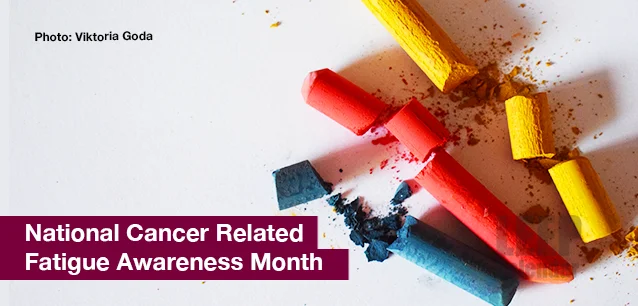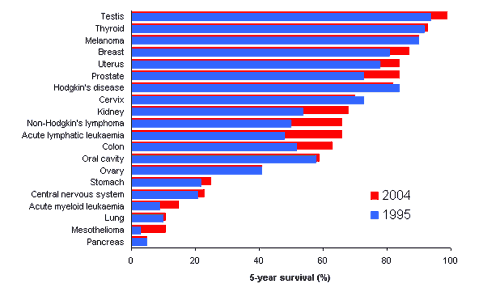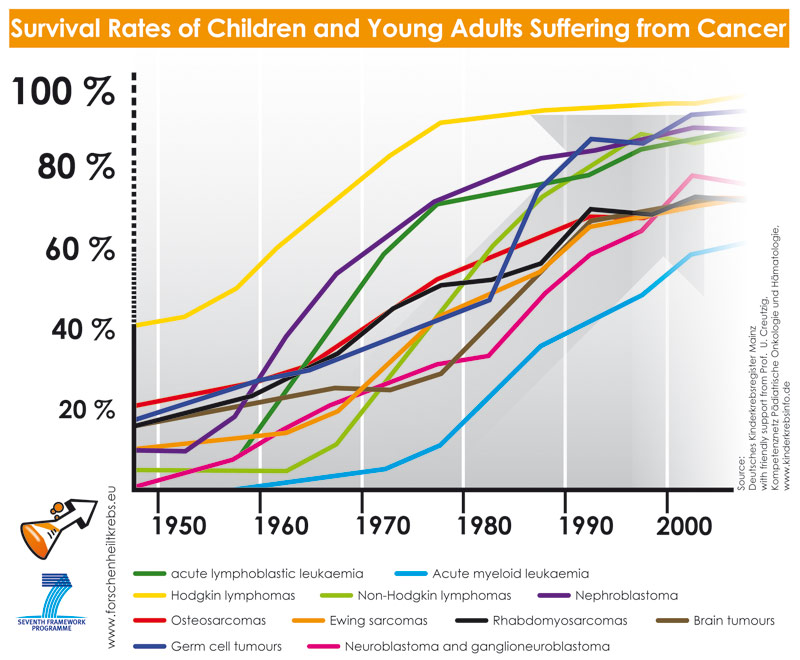 AD
AD
Today is: November 08
Scroll to explore events active on this date.
Additional Events on LEEP
LEEP INK FEATURES

August? Absolutely!
In August, we live through the Dog Days of Summer. It's hot and often humid, and those who can leave for better climates do. Down south, winter is in full force. August is also known as "the ...

In The Heat of July: July 2025 Events
Is it hot enough (or cold enough if you're below the equator) for you yet? There is actually a day for that! Like every month, I pick a diverse collection of events you may or may not know about. This ...

May Blooms: Events in May 2025
Along with October, May is one of the most densely packed months of the year. It's before the summer humidity and the last whole month of the school year. The weather is warming in t...
About National Cancer Related Fatigue Awareness Month
United States
Ends: Dec 31, 2024
DESCRIPTION:
The American Cancer Society, the National Cancer Institute, the US Government, and various other cancer-related organizations promote Cancer Related Fatigue Awareness Month.
The National Cancer Institute of the United States defines cancer-related fatigue as such:
"Fatigue is cancer treatment's most common side effect tied to chemotherapy, radiation therapy, or selected biological response modifiers. Cancer treatment-related fatigue generally improves after therapy, but fatigue may persist for months or years following treatment. Research indicates that fatigue may be a significant issue long into survivorship for at least a subset of patients. Fatigue presents as a symptom in cancers that produce problems such as anemia, endocrine changes, and respiratory obstruction and is common in people with advanced cancer who are not undergoing active cancer treatment. Cancer treatment-related fatigue occurs in 14% to 96% of patients undergoing cancer treatment and 19% to 82% post-treatment.
Several studies have documented significantly worse fatigue in cancer survivors compared with non-cancer populations, as described in one review article. For example, a Norwegian cross-sectional study compared the prevalence of fatigue in long-term survivors of testicular cancer (n = 1,431) at an average of 11 years post-treatment with the majority of fatigue in age-matched men in the general Norwegian population (n = 1,080). The prevalence of chronic cancer-related fatigue (CRF) was 17.1% (95% confidence interval [CI], 15.2–19.1%) among testicular cancer survivors, compared with 9.7% (95% CI, 8.0–11.5%) in the general population. Chronic CRF was also associated with multiple psychosocial problems, somatic complaints, and poor quality of life.
Fatigue, like pain, is viewed as a self-perceived state. Patients may describe fatigue as feeling:
• Tired
• Weak
• Exhausted
• Lazy
• Weary
• Worn-out
• Heavy
• Slow
• Like they do not have any energy or any get-up-and-go."
This month is about educating those dealing with cancer, those supporting cancer patients, and their caregivers on how to mitigate this side effect and live fuller lives.
VIDEOS
Currently, this event does not have supporting videos.
Where would you like to go now?
 AD
AD





/footer-logo.svg)
